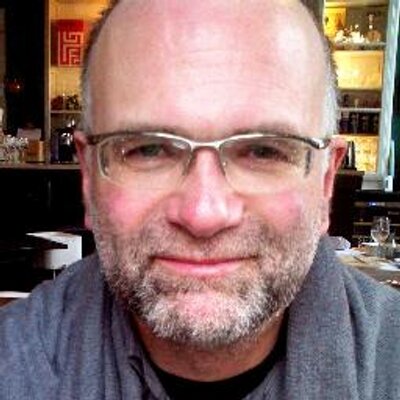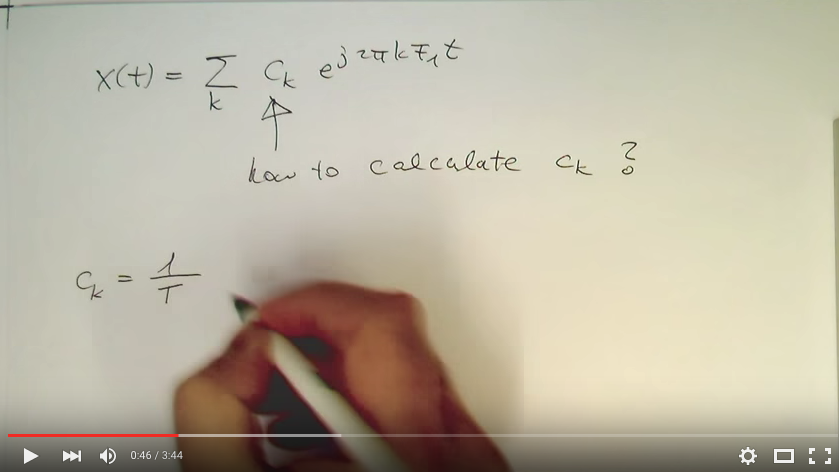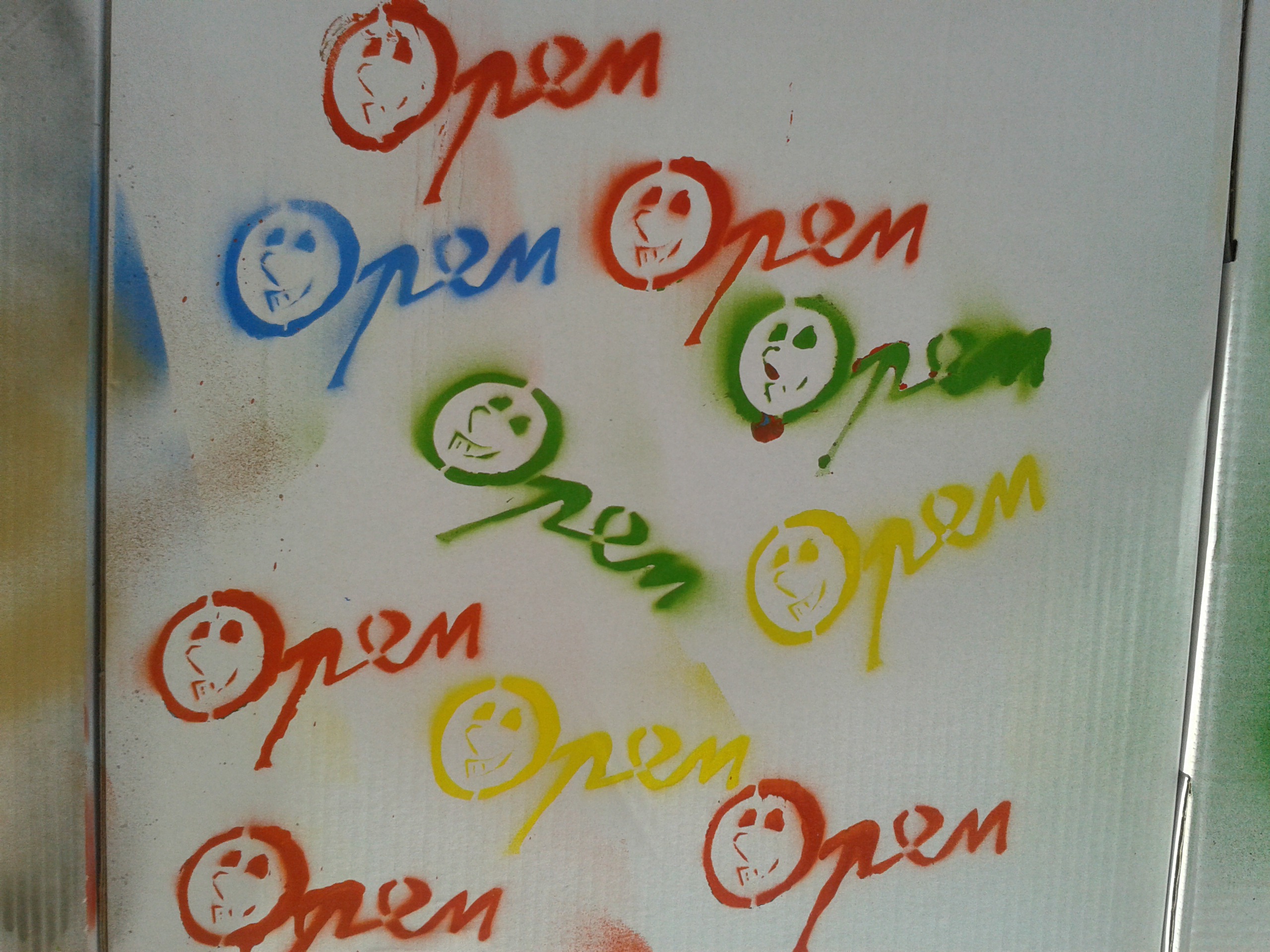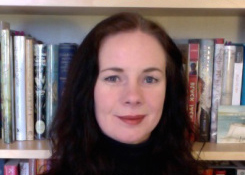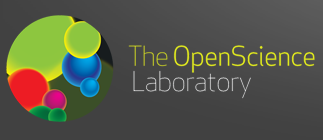Listen to Bernd talk about openness, licensing and why “the recycling aspect is the most important.”
Find out more about Bernd’s research and teaching expertise.
Improving student learning: Bernd’s motivation to go open
“They learn much better … my main motivation … to increase the quality of the class and also engineering is really hands on work and so therefore that I maximise time in this aspect and not waste time in the lectures…”
Bernd has previously independently created videos for Bio medical engineering, one of his research specialisms “…because there was nothing really properly out there which people could access in video form.” Later “inspired” by the rise of MOOC over the past few years, Khan Academy and Flipped Learning Bernd mixed together the successful elements of these approaches so that his classes could focus on essential practical activities with students rather than lectures (e.g. “building a robot … you cannot teach them with a video clip…”). As Bernd described it: “what students really need is face-to-face interaction and interaction with me on a one-to-one basis.”
Additionally, it was Bernd’s experience that students were not always able to follow complex math and theory in lectures. Online videos take the pressure off students as they can repeat view videos, slow down the footage and turn subtitles on if required.
Creating the Videos
“This is something which I find exciting … The technology has not just democratised film making but also democratised creating teaching material. So now it’s pretty easy to do this…”
Creating the videos were at first time consuming with Bernd having to find workarounds for lack of a “…good screen capture programme around which is really working on a high quality level” in addition to the actual production process. It took Bernd on average two days to create a two-hour lecture. These were created in Bernd’s own time during weekends over a two-month period. Initially “it was extremely time consuming” however creating the videos “paid off in the long run” particularly in relation to feedback from students (see below). Colleagues at the University worked with Bernd to ensure that they were ‘branded’ correctly.
Impact
“The stereotype of the University is that you’ve got lectures. So that’s basically what everybody expects. And if you are disrupting that, then I think virtually everybody is somehow confused…”
There was a mixed reaction from students and staff to Bernd’s open access videos with some colleagues viewing them as a threat to their own role either in terms of redundancy or the creation of open videos being made a University requirement and therefore adding to existing workloads.
However, colleague responses have shifted since Bernd has run the classes and the format has become more familiar, with some colleagues “prais[ing]” this approach and Bernd “inspir[ing]” another colleague to use a similar approach to her classes whilst another contact has adopted Bernd’s approach within a commercial context. Good feedback has also been received from colleagues further afield. One colleague at Glasgow’s Singapore campus aims to adopt Bernd’s approach in the future and is currently using Bernd’s videos in his lectures. He has also helped Bernd with debugging his DSP lectures.
Initially students also “surprised” Bernd with their “resistance” to the move away from traditional face-to-face lectures to the new flipped model: “they were just so used to coming to lectures.” In order to monitor changing reactions to the new format, during the first iteration of the new class format weekly Moodle surveys tracked student preference for traditional lectures against the new flipped format Bernd had developed. Initially around 30-40% of students preferred the traditional lecture format but as the course progressed the number of students preferring the “classical lecture” format dropped and by the end of the first run of this new model all students preferred the new format.
Moreover, since the first run of the new format for DSP Bernd has encountered much less resistance to the new format, with students preferring the new set-up or even requesting that his other classes follow a similar model. Students benefit from being able to view the openly available videos prior to joining Bernd’s class: giving students the opportunity to become familiar with both the material and how the class works in practice before formally starting their course.
Bernd reports that as at November 2015 there have been over 260,000 views of material on his DSP channel with over 2,000 subscribers from around the world. He reported a “wide impact worldwide” with heavy use by students in the US and India. In the latter case Bernd noted that his videos are frequently used as supplemental material in conjunction with other OER available from elsewhere in the UK. Students who come to study at Glasgow also often spread the word regarding the videos and there are examples of people returning to view material “as a reference” post-course.
Finally adopting a flipped approach to his DSP class has also increased Bernd’s satisfaction with teaching along with decreasing the number of students needing to re-sit their exams:
“…face-to-face interaction. I really enjoyed this and I really enjoyed having much more contact with my students. And it paid off… I had in the past roughly a quarter who did the re-sit in the summer – so they failed – and now the last two years I had only two or three students in the re-sits, out of 100 roughly. So that’s 2% and so therefore in this way it paid off quite a lot, and the students also enjoyed it.”
Advice and best practice for creating (open access) videos:
Bernd had some tips and advice for potential open video creators:
- “Motivate” students to watch the videos. Bernd clearly aligns the video with class activities. Listen.
- Bernd handwrites his lectures and records his desktop rather than using Powerpoint slides. This method “…keeps the attention of students.” Find out more.
- To help students who are non-native English speakers, and therefore make the lectures more accessible, Bernd reads out what he is writing as he draws/writes. Bernd is also happy to “make mistakes and strike them out” as in a traditional lecture. Listen.
- Respond and engage with user comments on YouTube. This makes your material seem less impersonal.
How can we encourage OEP?
Bernd had a number of great suggestions for encouraging OEP and the use of OER:
- Institutional support so that educators can make the most of the “democratisation” of production processes, e.g. training for educators to create their own videos.
- Recognition of this type of teaching and incentivisation for creating openly licensed videos. For example, there are clear institutional benefits to creating good openly licensed videos which create a positive impression of the institution and its courses (“…if the quality is good then obviously it gets students in…”)
- Bernd noted the need for a government policy on OER with incentives built into this so that institutions felt motivated to engage with OEP/OER.
- To improve the quality and content of videos and to pool knowledge, particularly in areas where there are perhaps no departmental specialists in a specific area, Bernd suggested that two institutions could collaborate with one creating a short video whilst the other could review/edit/correct the material. This “national programme” would enable lecturers to “learn from each other” in an open and collaborative way but also open up lecture material to everyone and therefore invite comment, feedback and corrections from around the world.
“…Public scrutiny … the quality will go up massively through the open resources but it needs to have a cultural change in the way that people are rewarded for it and that also needs to be controlled because obviously we cannot create superstars who are then just sitting on material forever so it needs to somehow be a massive coordinated effort if it has to be done seriously. But I see a massive chance in that to create much better teaching material as it is just now.”
Photo credits:
Bernd Porr (via Twitter @BerndPorr); Screenshot of one of Bernd's lectures (from YouTube)
Originally published on 9 November 2015 - 10:39am by Beck Pitt
